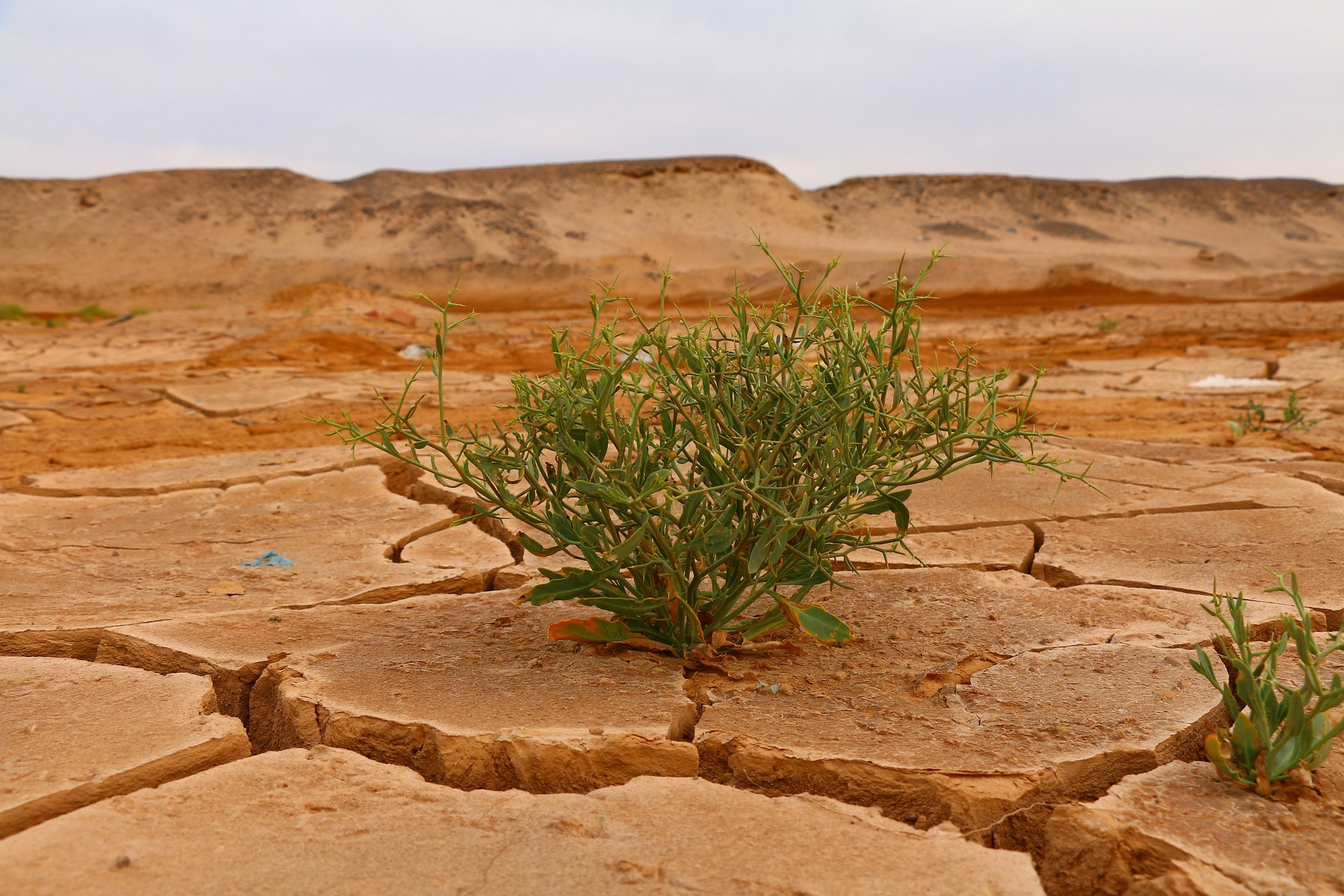
Multidisciplinary York U team tackles the widening digital divide
While new technologies offer obvious benefits to humanity, concerns over who gets left behind as our world transforms need to be addressed, researchers warn
TORONTO, January 4, 2023 – From basic internet to high-end neurotechnology and everything in between, reliable access to technology is out of reach for millions of Canadians and billions across the globe, and for some equity-seeking communities this will pose new challenges, say York University researchers, who have joined forces to tackle this pressing issue.

“Technology now influences the way we communicate with each other, and in many cases, we’re now interacting with artificial agents,” says Distinguished Research Professor John Douglas Crawford in the Faculty of Health.
Crawford is the director of York’s VISTA project that blends human science, computer science, humanities and arts for transdisciplinary research and applications.
As a neuroscientist, he sees how neurotechnology is implemented in medical diagnostics and rehabilitation, and as a means for direct communication between the brain and prosthetics to replace lost functions like vision and movement. He also sees how various apps and online platforms can both connect and divide us.
“These advances have many benefits for society, health, and the economy, however, they come with serious concerns,” points out Crawford, who has partnered other York researchers in the fields of neuroscience, technology, law, arts and social science to come up with solutions.
“For example, social media, while connecting people, is also driving them apart into bubble like 'echo chambers'. And now, with the advent of brain-machine interfaces, we face new ethical concerns that were the stuff of science fiction until only a few years ago.”
Faculty of Health Professor Sean Hillier, Mi'kmaw scholar from the Qalipu First Nation and a member of the 2SLGBTQIA+ community, shares the same view based on his research and personal experiences.
“A lack of access to internet for Indigenous Peoples in Canada exacerbates long-standing inequities in areas such as health, employment and education,” says Hillier, York Research Chair in Indigenous Health Policy & One Health. He highlights the fact that while the threats posed by technology are of concern to everyone, the most impacted are low-income and rural communities. “Highspeed and reliable internet connection are not accessible to many Indigenous community members, both in rural and urban settings.”
A lack of reliable internet creates many barriers, including the inability to work from home as employees, conduct transactions within and outside of their communities as business owners, successfully complete post-secondary education, and access health-care services, whether primary care or mental health supports, particularly for those in remote locations, according to Hillier.
“How can you be examined or share your health concerns or receive counselling when you live in a household with no privacy and your internet connectivity is unstable? You will be forced into public spaces to do these calls.”
Hillier also points out there are concerns about how Indigenous sovereignty and data are presented that need to be answered. “While information flows more reliably online, what does it mean for Indigenous Peoples' traditional knowledges, how are these knowledges shared and who gets access to them and subsequently use it? How do we effectively implement principals of data ownership and control when communities do not have the recourses or expertise to oversee this?”
When it comes to Artificial Intelligence (AI), there is a lack of ethical designing, says Hillier. “AI designs are created with a western bias, so they are limited in their imagination, frameworks, and effective use of language with diverse Indigenous knowledge systems and our Peoples."
Theatre & Performance Studies Professor Laura Levin, whose research focus is on digital justice for diverse groups, believes the need of the hour is to collectively conduct research to determine how social injustices are embedded in digital technologies, such as virtual reality (VR), and find impactful solutions.
“Researching barriers to access for those in historically marginalized groups around the world — from the cost of using certain equipment, to having to don normative avatars, to experiencing surveillance on various platforms — will ensure that virtual communities can assemble, self-organize, and connect, allowing them to imagine alternative past, presents, and futures,” she says.
“How these technologies — which enable new kinds of interactivity and storytelling — shape collective thinking, affective experiences, and community care, will be another aspect to explore to better understand social issues produced by interactions between humans and computers. This is especially important in the context of art and educational projects that use immersive features of VR to teach empathy,” says Levin, who is the associate dean of research at the School of the Arts, Media, Performance & Design at York.
Levin adds that it is crucial to consider the ethical and political implications of using immersive technologies to give spectators an experience of someone culturally different from themselves (for example, experiencing a migrant’s or a homeless person’s perspective), as this can often reinforce Eurocentric, colonial, and capitalist ideologies.
Another challenge such marginalized communities face as technology evolves, shifting toward integration of AI, is access to the legal justice system.
“With the onslaught of emerging technologies, the law is ever playing catch up and many in society get left behind,” says Intellectual Property Law Professor Pina D’Agostino, who has been researching IP innovation for more than a decade. To tackle this issue, “information and services should remain available and accessible to those who need it most to empower them from the ground up, through education and access to information and resources that should be public knowledge.”
Removing monopolies on public knowledge will help foster more innovation and entrepreneurship at the grassroots level, allowing local economies to prosper and growing made-in-Canada companies to better manage and leverage their resources, says D’Agostino. “At the same time, special care should be taken to ensure that remote communities and those without stable or consistent internet access are still able to access these resources. This can work through strategic and carefully cultivated partnerships which build trust between knowledge-holders and community members.”
For her part, in 2010 D’Agostino founded the IP Innovation Clinic at York’s Osgoode Hall Law School, which helps under-resourced entrepreneurs and start-up companies to commercialize their intellectual property. “My current IP Innovation Clinic research is targeting barriers disproportionately affecting women and Indigenous communities, two of the most underrepresented among patent holders in Canada,” she says.
“Through our new AI-powered chatbot at the Clinic, we are trying to engage with organizations supporting these communities to identify barriers, research answers to their most pressing questions, and refine this AI tool to better respond to these concerns,” says D’Agostino. “Bottomline, AI will disrupt all aspects of society, so learning how to embrace and interact with it is the best way to keep up with this shift.”
The common element of all these examples is that new technologies, while providing advances in some areas, also create barriers of threats for some communities, the researchers say, emphasizing that a more proactive approach to understanding the potential consequences of novel technological perturbations.
Having this collective goal of narrowing the digital divide that is intensified by the shift in the interaction between human science and machine science, these researchers and others from research centres at the University have come together to plan programs with real-world impact, while making a positive change in the global arena.






